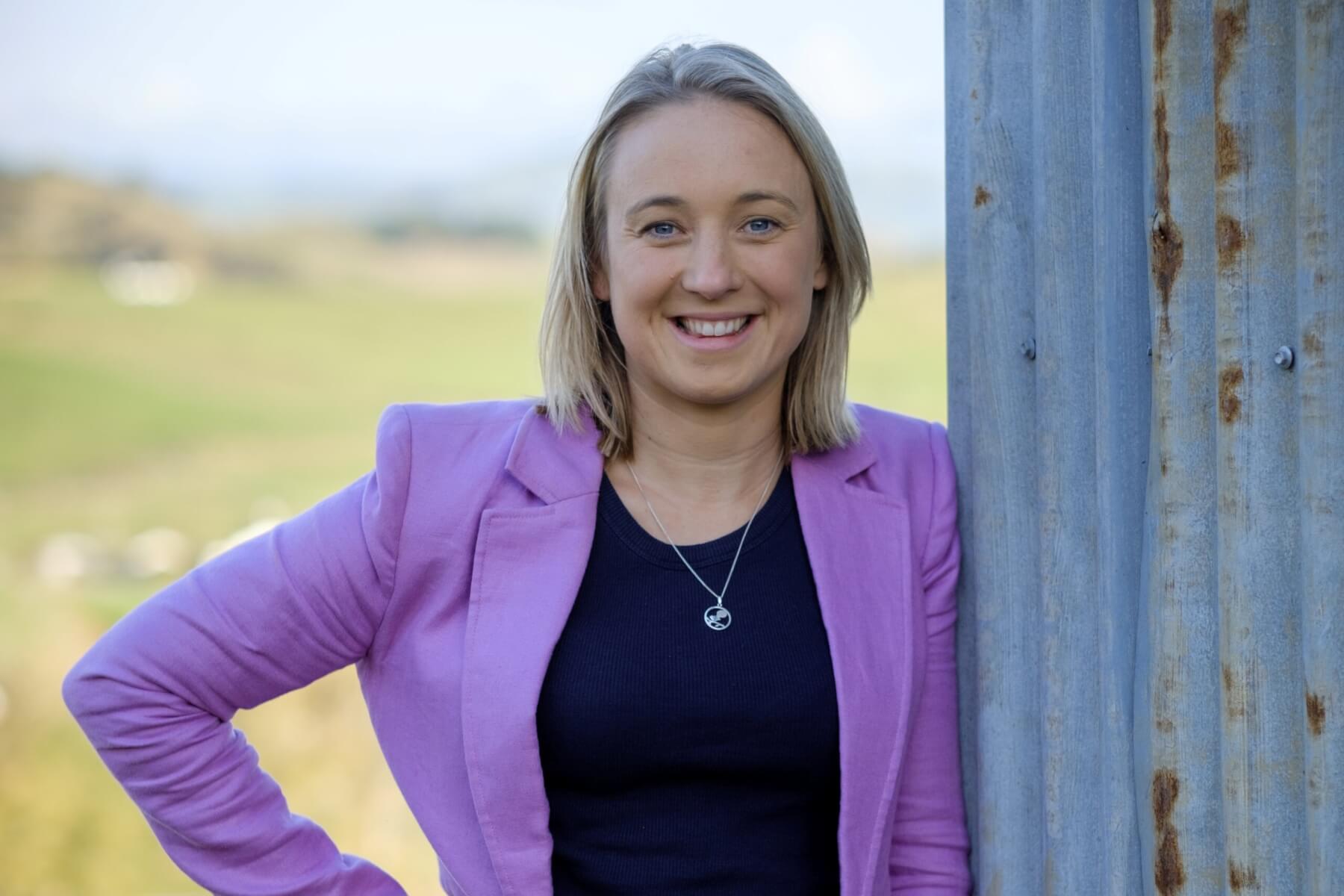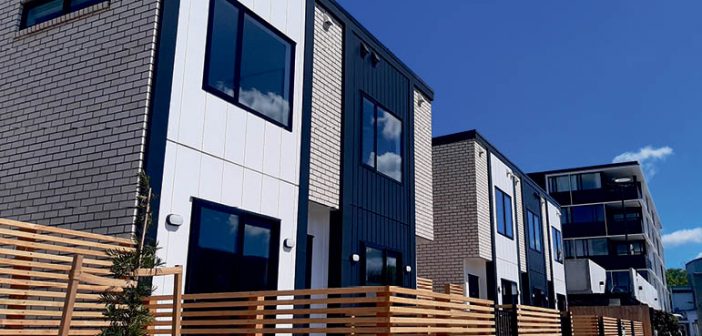While the Government’s controversial housing policy changes for first home buyers are currently front and centre; the slightly less talked about topic as we close out the last month of Autumn seemed to be the OCR review; glanced over amid a storm of rushed Kainga Ora applications.
What’s interesting about the way interest rates are tracking at the moment is actually just how little they have moved since the beginning of the year. With plenty of sub 3% rates rolling into the 6%s, the value of advice is becoming more and more important.
For those who have already got over the hump of buying their first home – the question of “what shall I do with my interest rate?” is ringing loudly. There is confusion around the right thing to do, and no “one size fits all” approach.
In our world, while the interest rate you get is important (especially in today’s market) your loan structure and what might be coming up for you is at least equally if not more critical to meeting your goals.
SBS sent tongues wagging last month when they came out with a very competitive fixed rate for three years, and there was a flurry of questions across the board around whether it was a deal worth taking.

Claire Williamson
Like all good mortgage advisers, we did some number crunching on the three year 5.99% and found that we’d need to see an average of 5.50% across year two and year three to be competitive against the standard 1 year offering of 6.89%. That actually stacks up well considering the expectation that rates might still take another 12 months to start dropping.
But unfortunately for borrowers, the other lenders haven’t followed SBS’s lead, and most of the medium-term fixed rates have stubbornly remained in the mid 6%s. Many in a position to re-fix are looking simply at the face-value cost and the repayments, and banks are gently using their reminder emails to encourage longer term fixed options. It’s important to consider not just the cost week-to-week, but how that cost is likely going to change over time, too.
Three years is a long time for many borrowers, particularly those who are younger, building careers, and more likely to have a change in role or family situation. They may have a growing business, variable income, or be taking time off to care for family.
And while rates are relatively compressed across the terms (with less than 1% separating a 6 month and 5 year rate), fixing any rates beyond 2 years at the moment is risking a higher cost in the later part of the fixed period. That’s not necessarily a bad thing at all, but it’s important to be really clear on the pros and cons.
So what should you do with your fixed rate?
Talking to your adviser is a great start.





